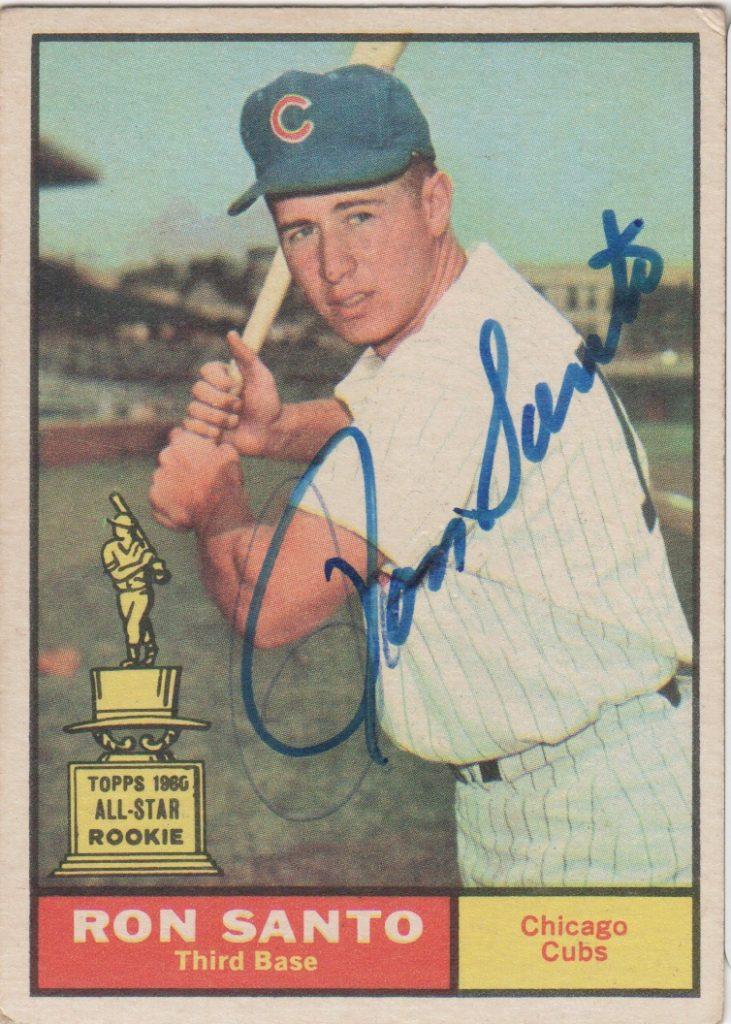
Ron Santo made his first appearance in the big leagues as a 20-year old in 1960. In 95 games he hit .251 with 35 extra-base hits. His efforts were rewarded with a fourth-place finish in Rookie of the Year voting.
The following season he began a run of 11 straight seasons with at least 154 games played. In 1963 Santo made his first All Star team, finishing the year with 25 homers, 99 RBI and a .297 average.
From 1963-1973 Santo made the All Star squad nine times. Adept at reaching base, the third baseman led the league in walks four times in a five-year span starting in 1964. Twice Santo paced the Senior Circuit in on-base percentage.
Santo played alongside Hall of Famers Ernie Banks, Billy Williams, and Fergie Jenkins. Despite the talented teams, Santo never appeared in a postseason game.
The 6’0″, 190-pound Santo hit 20 or more homers 11 times, slamming 30 or more in each season from 1964-1967. Seven times he received support in MVP balloting.
In the field he earned Gold Gloves five straight seasons starting in ’64. Santo led NL third basemen in putouts and assists 7 times each, and total chances 9 times.
He left the game as the National League record-holder at his position for most assists in a season. Santo also held the league’s mark for career double plays and chances at his position.
When he retired in 1974 his career numbers included a .277 average, 342 home runs, 1,331 RBI, 1,108 walks and 1,138 runs scored.
A popular candidate for Cooperstown, Santo spent 15 years on the Hall of Fame ballot before being posthumously elected in 2012.
Shown here is a 1961 Topps card depicting Santo as a Topps Rookie All Star. Santo signed his name boldly.
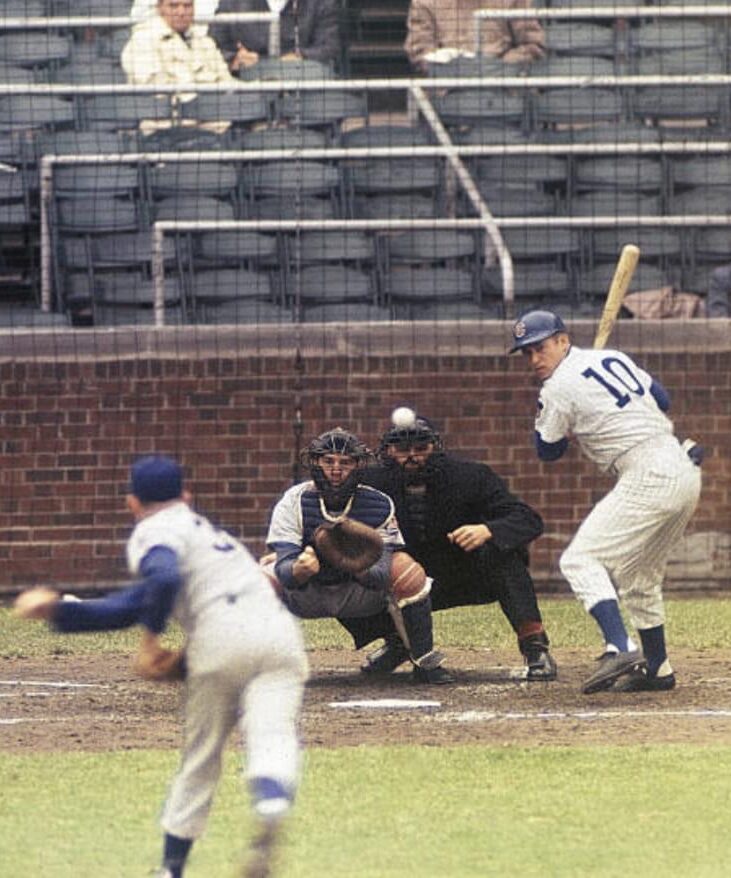

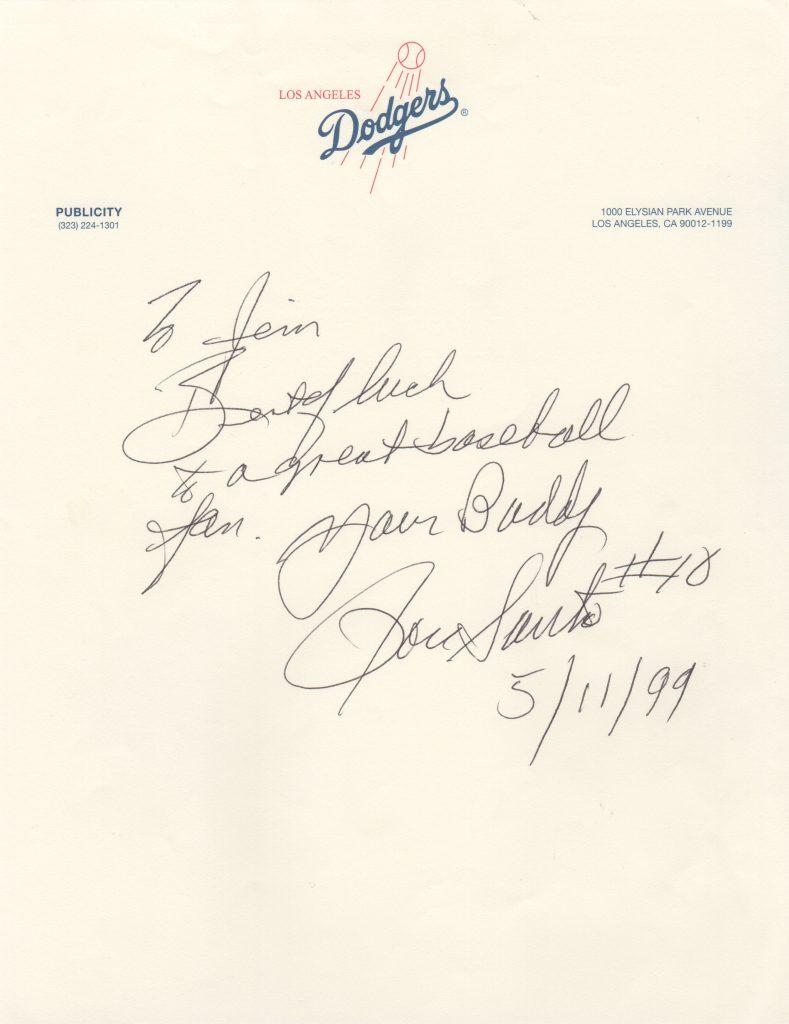
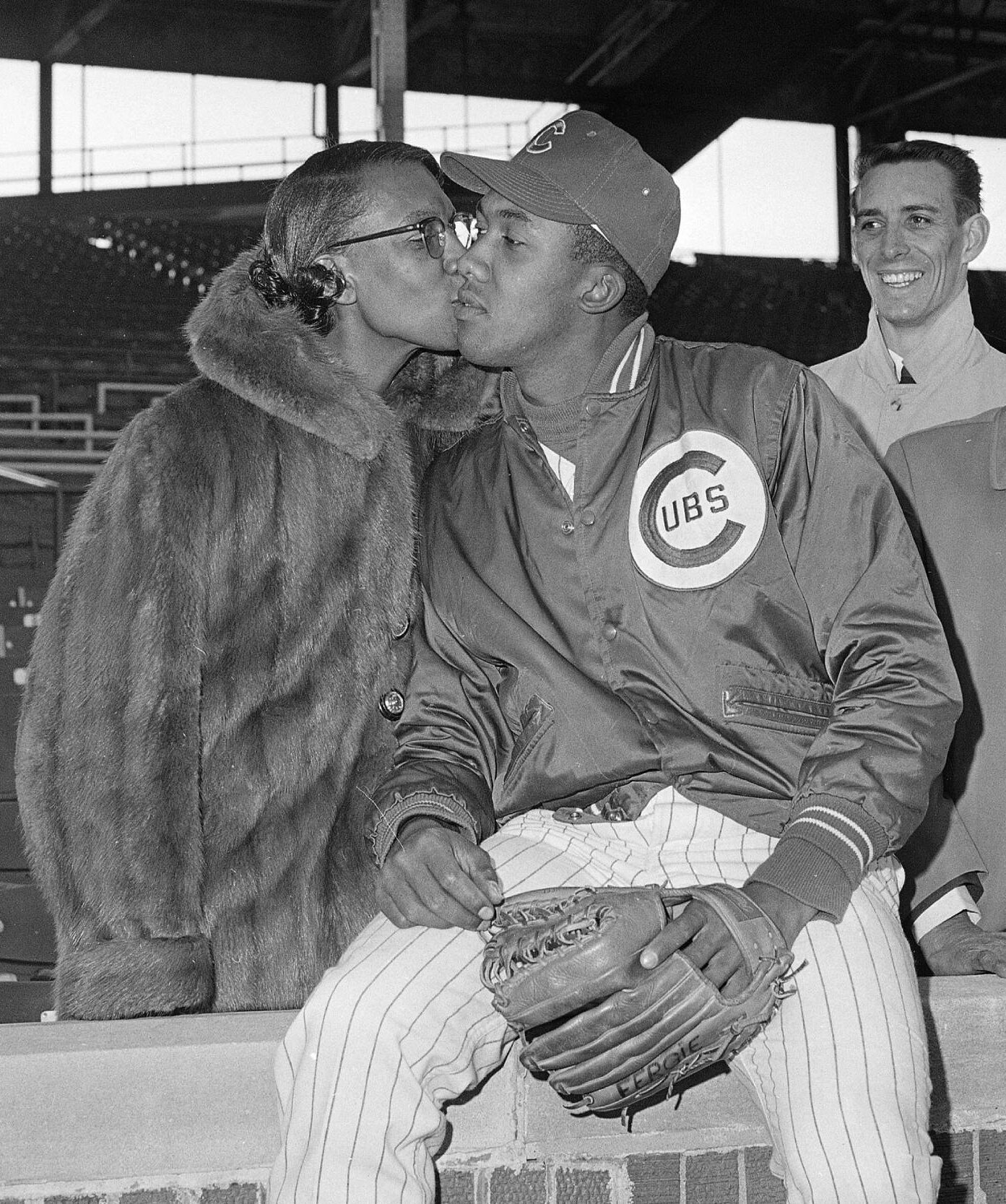
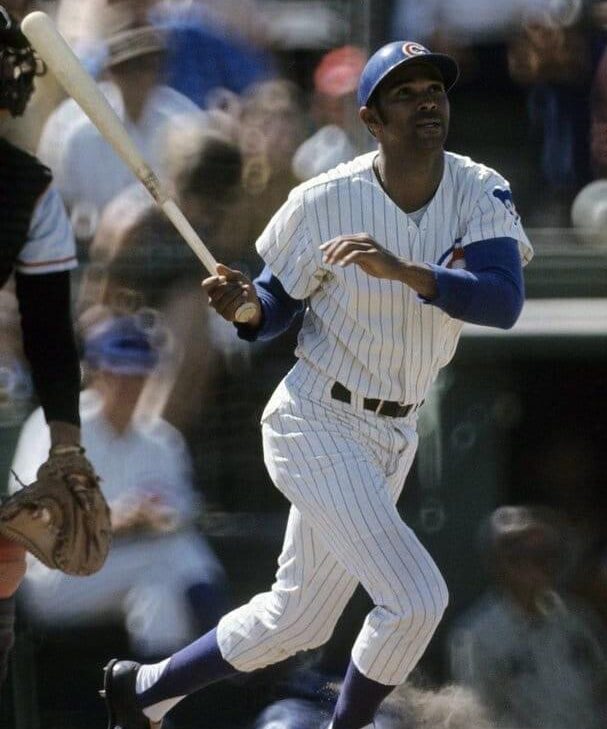
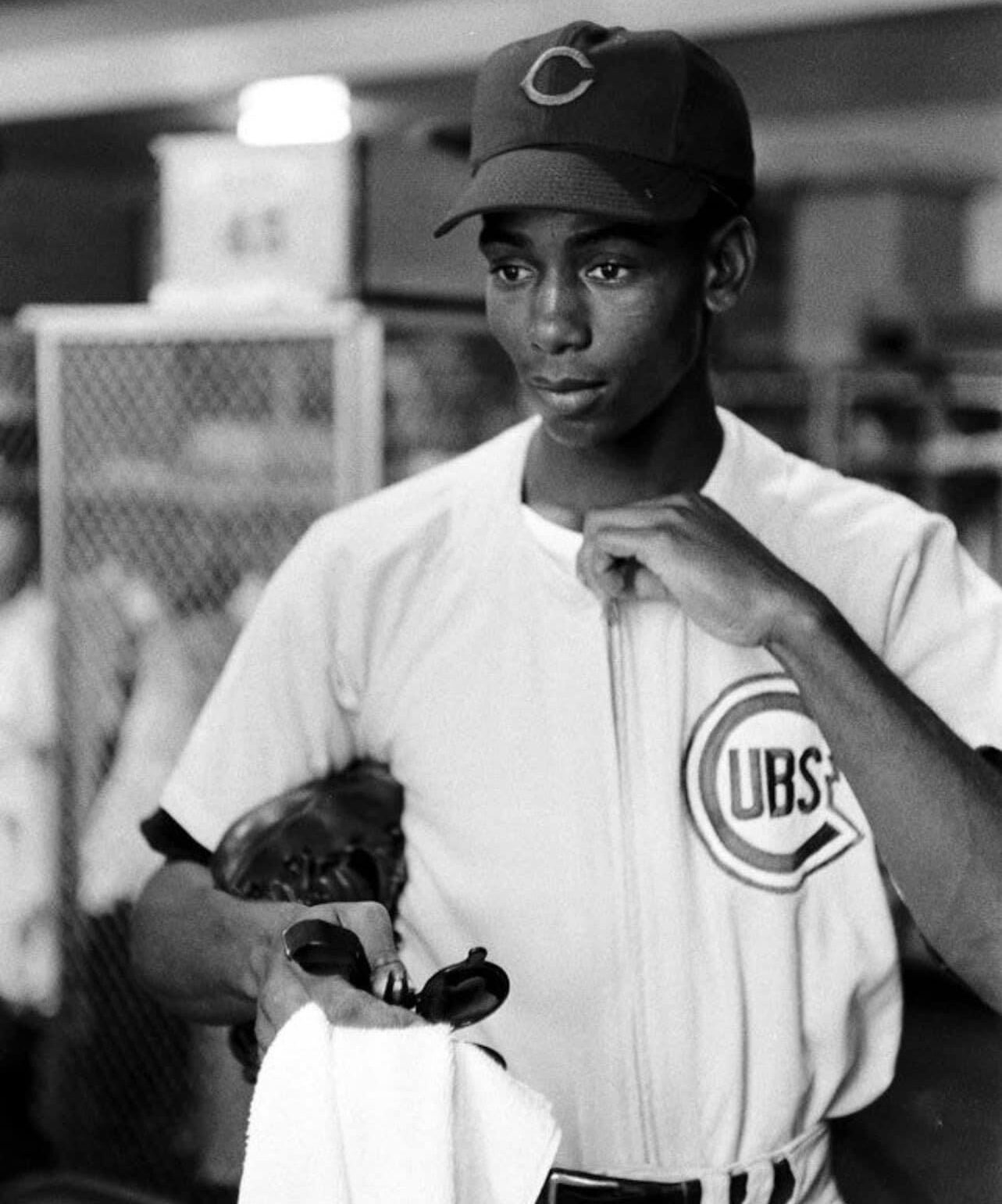
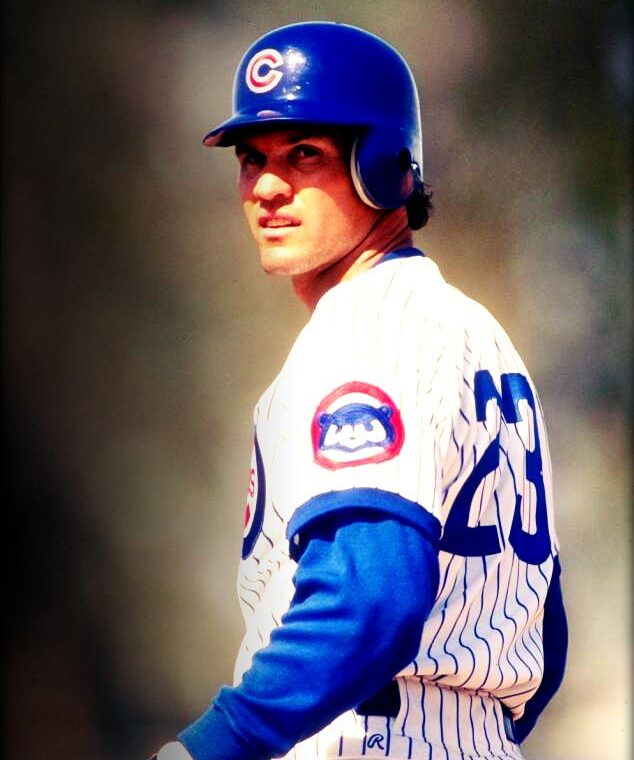
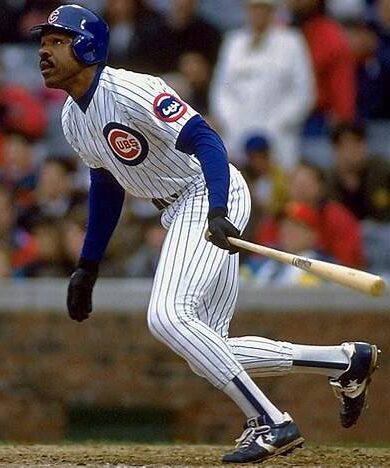
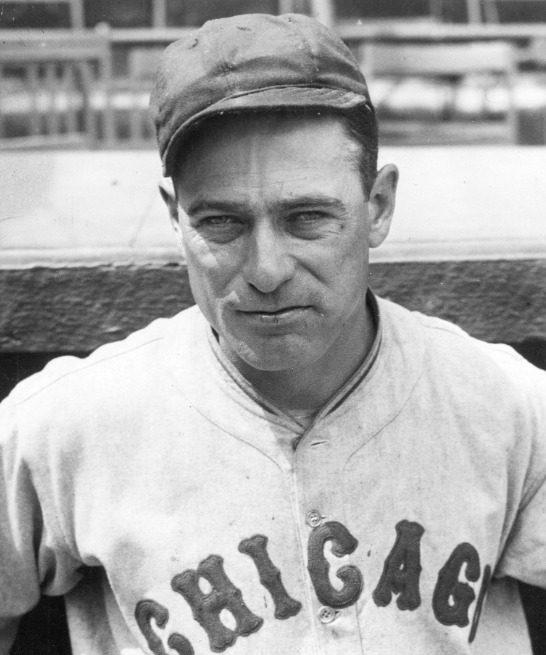
He was my favorite player.I saw him play when the Cubs came here 2 LA and play the Dodgers at Dodger Stadium.
Santo was a class act and deserves HALL OF FAME status. Numbers were good enough and there are guys in there with worse records. Also a great color commentator with keen baseball savvy on tv later on. Loved on BOTH sides of Chicago!!!
Didn’t realize he also did TV
Only remember him on the radio broadcast